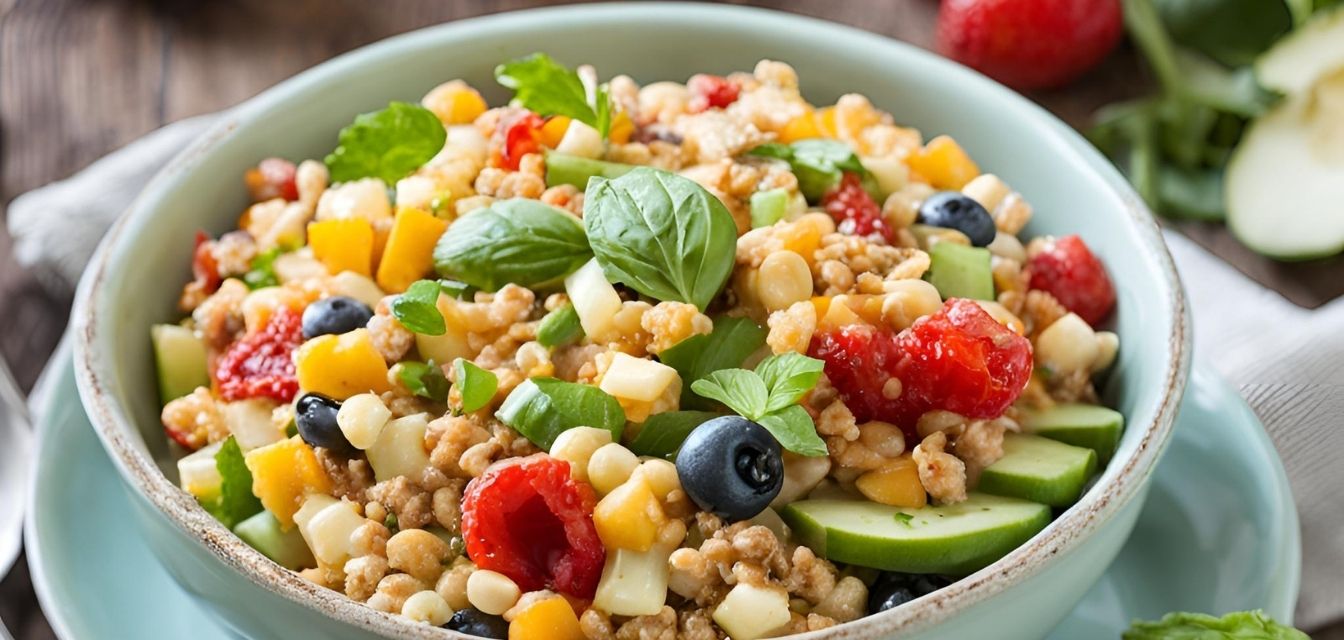
Meal Planning Simplified
Are you tired of feeling overwhelmed by meal planning for weight loss? Do you struggle to come up with healthy meal ideas that fit your busy lifestyle? You're not alone! Meal planning is a crucial step in achieving your weight loss goals, but it can be daunting, especially if you're new to healthy eating.
Key Takeaways
- Create a meal planning schedule to save time and money
- Plan your meals around your dietary needs and preferences
- Shop smart and prep in advance to make healthy eating easier
- Make meal planning a habit to achieve long-term weight loss success
Why Meal Planning is Important for Weight Loss
Meal planning is more than just deciding what to eat for dinner. It's about making healthy choices that support your weight loss goals. When you plan your meals, you're more likely to:
- Make healthier choices
- Avoid last-minute fast food or takeout
- Save money on groceries
- Reduce food waste
- Stay on track with your weight loss goals
Step 1: Create a Meal Planning Schedule
The first step in meal planning is to create a schedule. This will help you plan your meals for the week, make a grocery list, and avoid last-minute decisions that can derail your weight loss goals.
| Day | Breakfast | Lunch | Dinner |
|---|---|---|---|
| Monday | Oatmeal with fruit | Grilled chicken salad | Baked salmon with quinoa and veggies |
| Tuesday | Scrambled eggs with spinach | Turkey and avocado wrap | Chicken stir-fry with brown rice |
Step 2: Plan Your Meals Around Your Dietary Needs and Preferences
Once you have a schedule, it's time to plan your meals. Consider your dietary needs and preferences, such as:
- Dietary restrictions (e.g. gluten-free, vegan)
- Food allergies or intolerances
- Personal preferences (e.g. vegetarian, low-carb)

Step 3: Shop Smart and Prep in Advance
Now that you have a meal plan, it's time to shop smart and prep in advance. This will save you time and money, and make healthy eating easier.
- Make a grocery list based on your meal plan
- Buy in bulk and stock up on healthy staples
- Prep ingredients in advance (e.g. chop veggies, cook proteins)
Step 4: Make Meal Planning a Habit
Meal planning is a habit that takes practice, but it's worth the effort. By making meal planning a habit, you'll:
- Save time and money
- Reduce stress and anxiety
- Stay on track with your weight loss goals
Pros
- Saves time and money
- Helps with weight loss
- Reduces food waste
- Improves overall health and well-being
Cons
- Takes time and effort to plan
- May require changes to your daily routine
Conclusion
Meal planning is a crucial step in achieving your weight loss goals. By following these simple steps, you can create a meal plan that works for you and your lifestyle. Remember to:
- Create a meal planning schedule
- Plan your meals around your dietary needs and preferences
- Shop smart and prep in advance
- Make meal planning a habit
For more weight loss tips and strategies, check out our Weight Loss Supplements and Healthy Meal Plans pages.

Beginners Tips
- Start small and plan one meal per day
- Use online resources and meal planning apps to help
- Involve family members or friends to make it more fun

Remember, meal planning is a journey, and it's okay to start small. By following these simple steps and tips, you can create a meal plan that works for you and your lifestyle. Happy meal planning!









